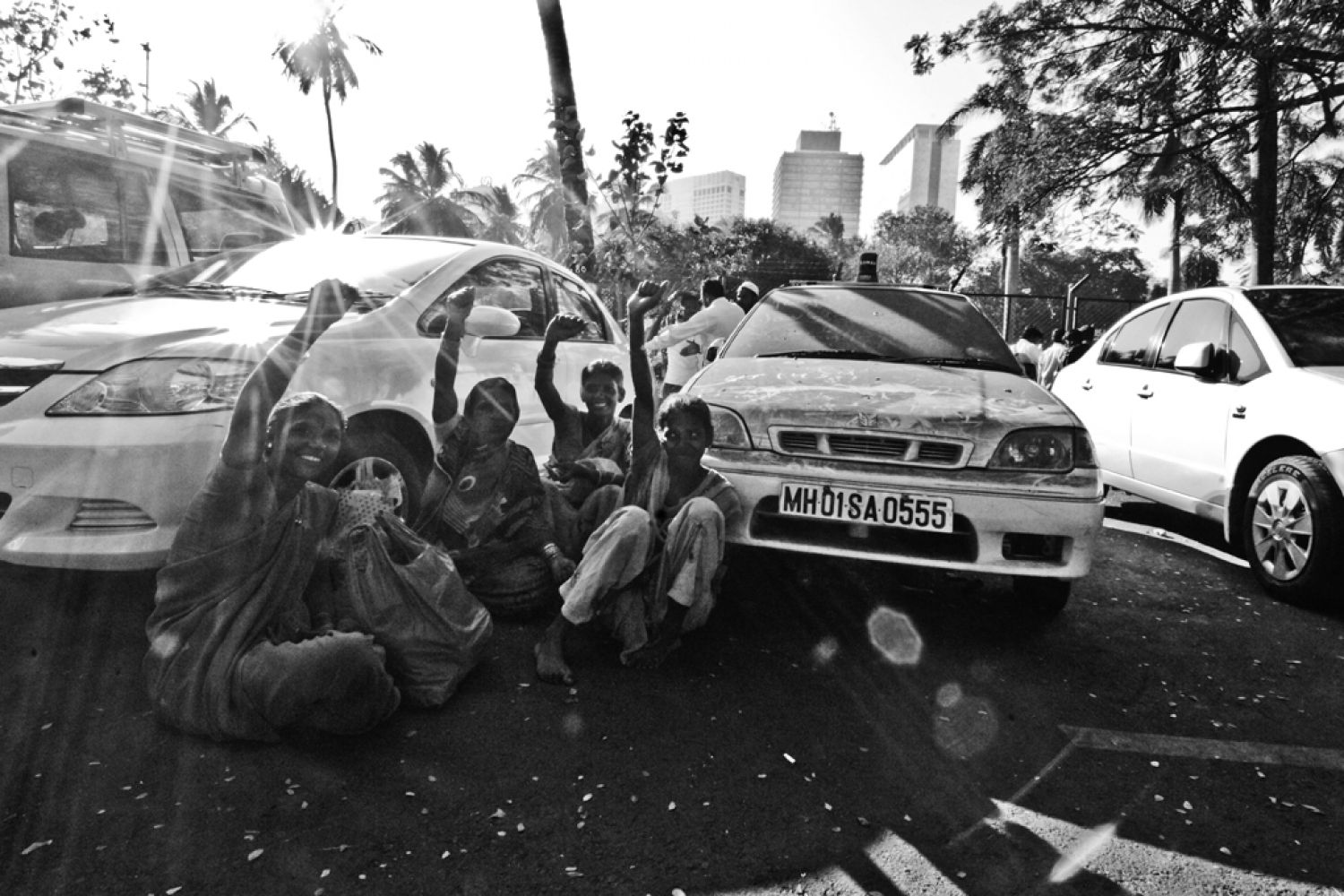
In Mumbai, people of the slums have formed a movment for equitable resettlement after slum demolition drives. Shunning politcal patronage, this group of men and women, have been demanding homes from the government. Last month, some 10,000 people marched to Mantralaya, the seat of Maharashtra’s government.All that land in Bombay is ours. Just beyond Wadala Bridge, Bombay Port Trust Road, that land belonged to my great grandfather and the great grandfathers of most of the people here.Over 10,000





